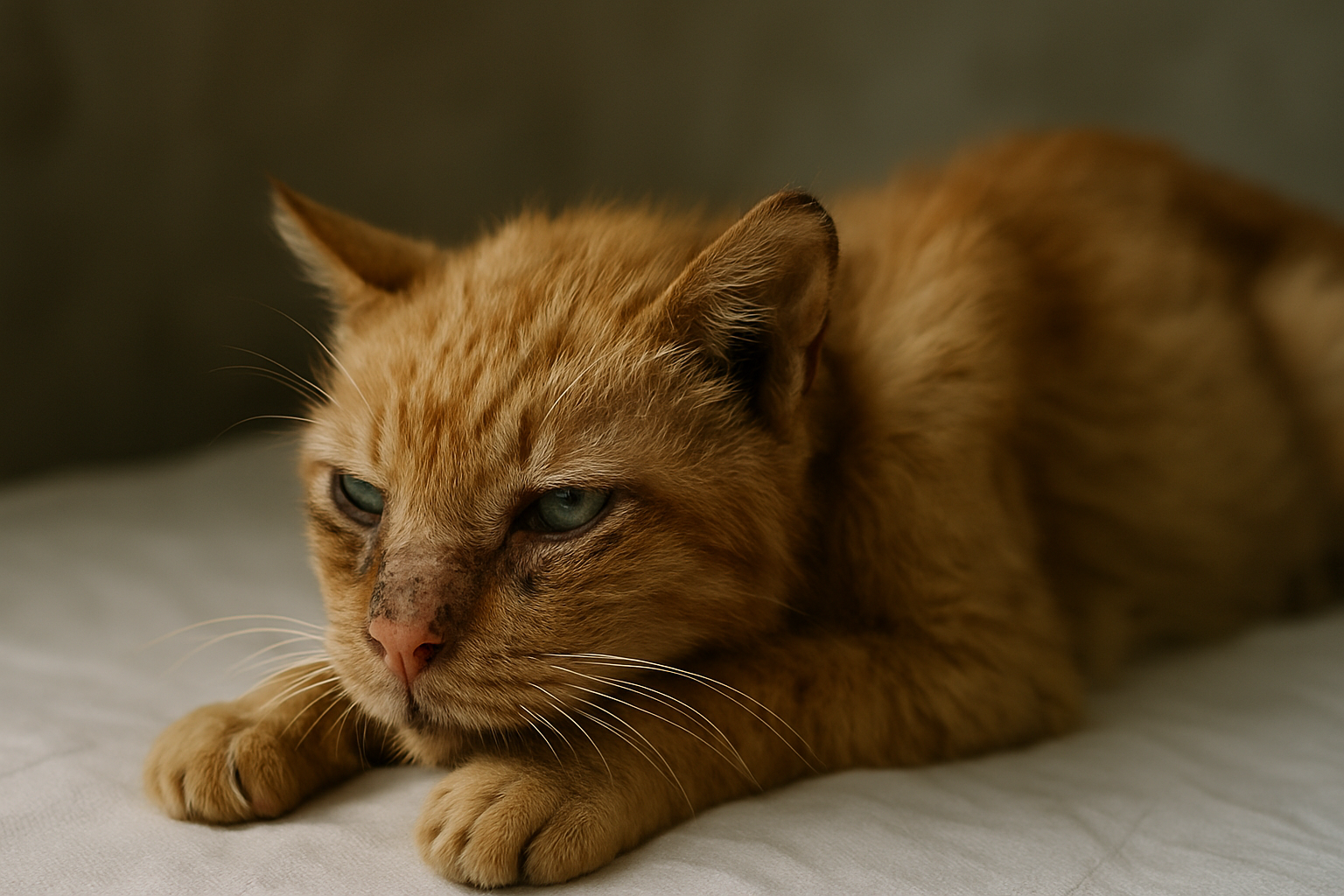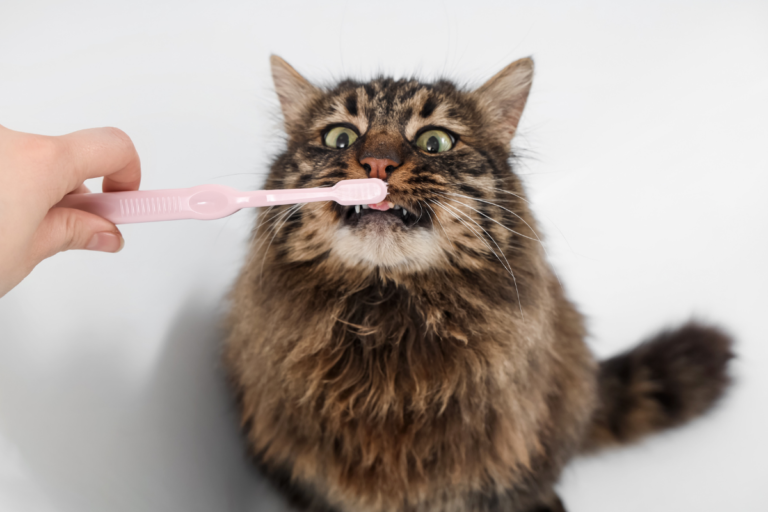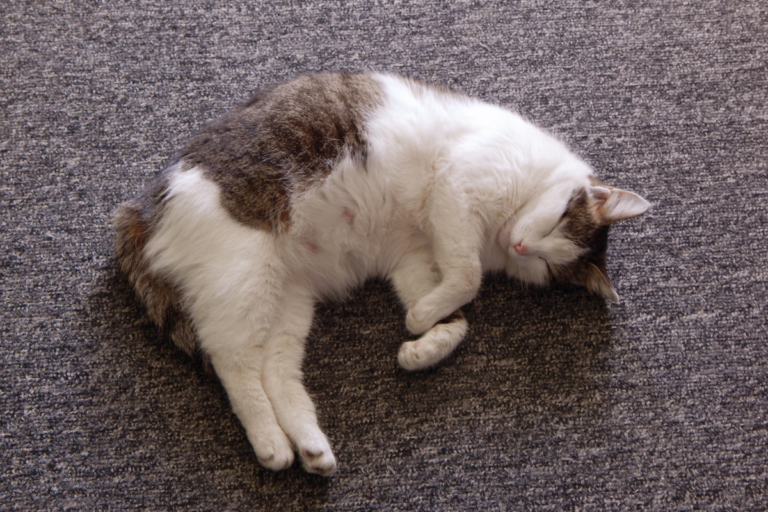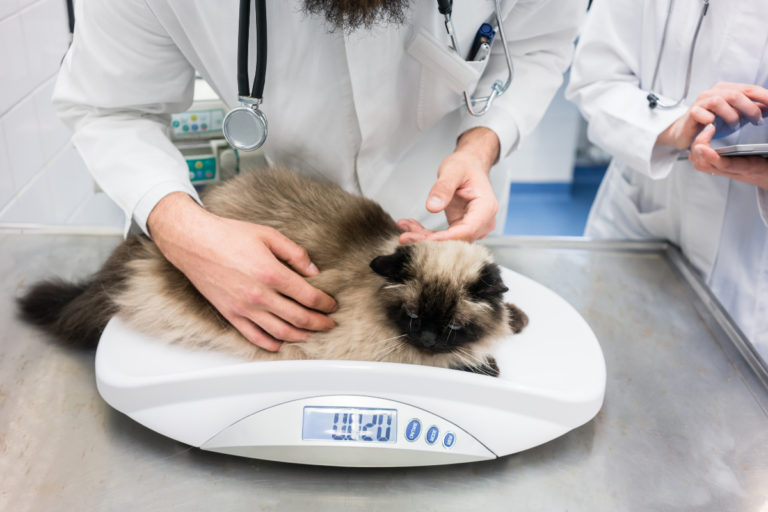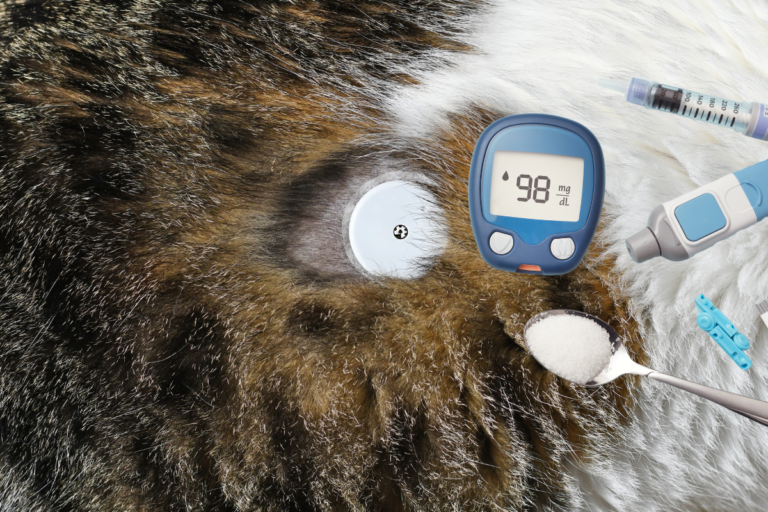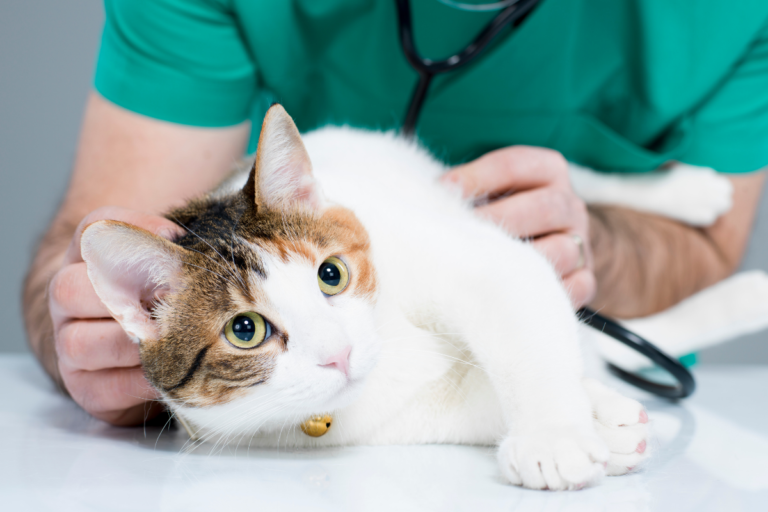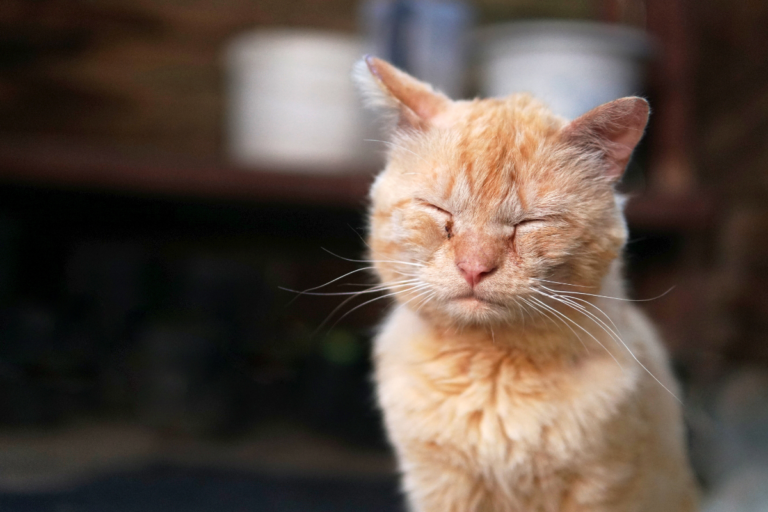What Is Feline Leukemia and How Long Can Cats Live With It?
Feline leukemia virus (FeLV) is one of the most serious infectious diseases in cats, yet many pet owners still aren’t sure exactly what it is or what it means for their cat’s future. If your cat has been diagnosed with FeLV—or if you’re worried they might be at risk—this guide will help you understand the condition, how it spreads, the symptoms to look out for, and most importantly, how long a cat can live with feline leukemia.
Feline leukemia virus is a retrovirus that affects cats by suppressing their immune system and making them more vulnerable to other infections and illnesses. It’s similar to how HIV affects humans. FeLV doesn’t always cause cancer, despite the name “leukemia,” but it can lead to serious complications including anemia, lymphoma, and immune system failure. FeLV is highly contagious among cats, but it cannot be transmitted to humans, dogs, or other animals.
FeLV is mainly spread through close, prolonged contact between cats. Common methods of transmission include grooming, sharing food and water bowls, litter boxes, bite wounds, and transmission from a mother cat to her kittens. Because of how it’s spread, FeLV is especially common in multi-cat households, outdoor cats, and shelters — similar to how other contagious illnesses like ringworm in cats or flea infestations can circulate.
In the early stages, FeLV often shows no symptoms. This is one reason it spreads so easily—cats may appear healthy while carrying the virus. As the disease progresses, symptoms may include persistent fever, weight loss, pale gums, swollen lymph nodes, diarrhea, frequent infections, poor coat condition, and behavioral changes.
Because FeLV weakens the immune system, cats become more prone to secondary infections — including oral issues such as gingivitis or stomatitis. Learn more about dental disease in cats and how it can affect appetite and quality of life.
Vets typically use two blood tests to diagnose FeLV: ELISA (Enzyme-Linked Immunosorbent Assay), which detects viral proteins in the blood, and IFA (Immunofluorescence Assay), which confirms persistent infection. Some cats may initially test positive and later negative if they manage to clear the infection. Retesting after 12 weeks is often recommended.
📊 Feline Leukemia: Key Statistics
| Statistic | Value / Insight |
|---|---|
| 📈 Prevalence in cats worldwide | ~2–3% of all cats |
| 🏠 Prevalence in high-risk populations (shelters, strays) | Up to 13% |
| 🤝 Risk of transmission in multi-cat households | Very high without vaccination |
| 🧪 False positive rate (ELISA test) | ~10% (why retesting after 12 weeks is important) |
| ❤️ Average lifespan after FeLV diagnosis | 2–3 years (but some reach 5–10 years with care) |
| 💉 Vaccine effectiveness | ~85% with proper booster schedules |
| 🐱 Kittens at risk from infected mother | Very high without early testing |
| 🧬 Spontaneous virus clearance (transient infection) | Occurs in ~30% of exposed cats |
How Long Can a Cat Live With Feline Leukemia?
This is one of the most common and concerning questions pet parents ask.
Transient infection: Some cats successfully fight off the virus and go on to live normal, healthy lives.
Progressive infection: Once FeLV reaches the bone marrow, it often causes chronic health issues. On average, cats live 2 to 3 years after diagnosis — but some live 5 to 10 years with attentive care.
In many cases, FeLV can lead to organ damage. If your cat begins drinking or urinating excessively, it may be a sign of feline kidney disease, which is more likely to occur in immunocompromised cats.
Likewise, FeLV can contribute to poor heart function. Learn more about how heart issues in cats manifest. — especially in senior or high-risk felines.
How to Care for a Cat With FeLV
There’s no cure for FeLV, but with the right lifestyle adjustments, infected cats can enjoy a comfortable life:
- Keep them indoors – to protect both them and other cats
- Minimize stress – cats with FeLV are more sensitive to environmental changes
- Routine vet visits – every 6 months for early detection of complications
- Nutrient-rich diet – high-protein, moisture-rich food is best
- Parasite prevention – fleas, ticks, and worms must be strictly controlled
- Isolate if needed – FeLV-positive cats should not share space with FeLV-negative cats unless all are vaccinated
Check our guide on healthy cat weight to better understand body condition scoring.
Is There a Treatment for FeLV?
There is no definitive cure for FeLV, but many supportive therapies can improve your cat’s comfort and longevity:
- Antibiotics for secondary bacterial infections
- Steroids to reduce inflammation
- Immunomodulators like interferon
- Chemotherapy in rare cases of lymphoma
- Supplements such as L-lysine or omega-3s, if recommended by your vet
FeLV-positive cats may also benefit from specialized nutrition plans. Learn more about cat dietary needs tailored to immune-compromised animals.
Can FeLV Be Prevented?
Yes — and prevention is much easier than treatment.
Here’s how to protect your cat:
- Vaccinate kittens, especially if they’ll go outdoors
- Test all new cats before introducing them to your household
- Avoid free-roaming – keep your cat indoors to limit exposure
- Spay or neuter to reduce aggressive encounters and mating-related spread
See our guide to common cat diseases and how they spread to create a safer home.
Final Thoughts
Feline leukemia isn’t an automatic death sentence. Many cats with FeLV live long, fulfilling lives — especially when diagnosed early and cared for attentively. The key is staying informed, proactive, and emotionally supportive.
FAQs
Can a FeLV-positive cat live with a healthy cat?
Not safely. Even vaccinated cats aren’t 100% protected, so separation is best.
Is feline leukemia painful?
Not directly, but related conditions (like anemia, infections, or lymphoma) can cause discomfort if unmanaged.
When should I consider euthanasia?
Only if your cat’s quality of life is clearly in decline. Many cats with FeLV thrive for years.
Disclaimer
This article is intended for informational purposes only and does not constitute veterinary advice. Always consult your veterinarian for diagnosis, treatment options, and guidance specific to your cat’s health condition.
